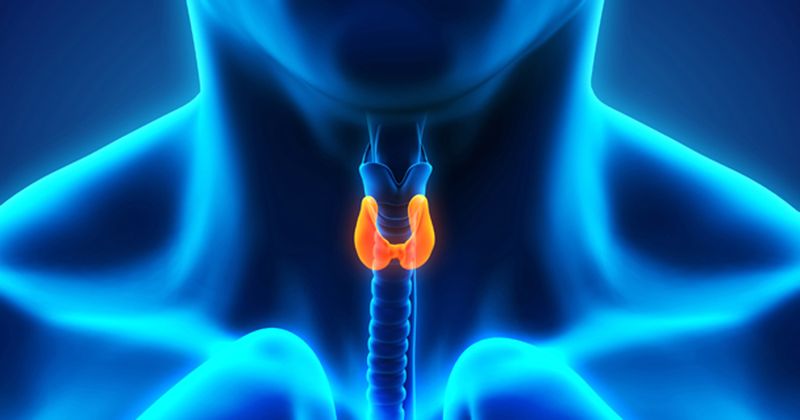Combined exposures to environmental dioxins associated with hypothyroidism
Key takeaways:
- Several individual and combinations of dioxins are associated with high thyroid-stimulating hormone levels.
- Humans are exposed to dioxins primarily through animal food sources.
CHICAGO — Using three different statistical models, researchers determined that exposure to individual and a combination of 20 dioxins negatively affects thyroid function, according to a presenter at ENDO 2023.
Dioxins are toxic chemicals created during industrial processes, often in improper trash incineration, and in the production of herbicides and pesticides. These compounds accumulate and persist in the food chain. People are exposed primarily through food sources and animal products, in particular, according to presenter Cheng Han, MD, a researcher in the section of endocrinology, diabetes and nutrition in the department of medicine at Boston University Chobanian & Avedisian School of Medicine in Boston.

To assess associations between dioxins and thyroid function, Han and colleagues used newer analytic methods in addition to traditional linear regression.

“As human beings we are exposed to a mixture of different dioxins, several hundred different, individual dioxins, so we cannot say we are exposed to just this one or that one. The linear regression model only tells you the effect of a single dioxin, but that is not the reality,” Han told Healio. “Since 2018, people started to find these new models, WQS [weighted quantile sum] and BKMR [Bayesian kernel machine] regression models. This helps us to calculate the combined effects of different dioxins.”
Han and colleagues analyzed data from the National Health and Nutrition Examination Survey from 2007 to 2010 on 2,818 U.S. adults who had available serum measurements of thyroid-stimulating hormone and six polychlorinated dibenzo-p-dioxins (PCDDs), 10 polychlorinated dibenzofurans (PCDFs) and four dioxin-like polychlorinated biphenyls (DL-PCBs). The researchers used multivariable logistic regression, WQS regression and BKMR models to determine links between exposure to individual and multiple dioxins and high TSH.
Nearly 2% of individuals in the study (1.99%) had a TSH level above 5.6 uIU/mL.
In multivariable logistic regression, nine dioxins were positively associated with high TSH, and one was negatively associated with high TSH. In the WQS regression, the WQS index was significantly associated with high TSH (OR = 2.03; 95% CI, 1.06-3.88). In the BKMR analysis, the combination of dioxins from the 30th to 65th percentile, according to researchers.
“Our study provides new insights into the complex associations between dioxin and thyroid dysfunction in U.S. adults,” Han said during the presentation. “The results obtained from multi-pollutant models using WQS and BKMR models demonstrated that co-exposure to multiple dioxins was associated with an increased TSH among adults.”









